It's Me Who's Been Making the Bed
Reflections on living in a campervan and making it align with our values.
After our Great Walk, we began living full-time in our campervan! Pre-trip, I said to everyone who asked that I did not have much of a desire for vanlife. I reflected on some of these hesitations in our post about buying the van. A few weeks in, I have to admit I am enjoying it a lot more than I expected. Many of you have asked for the full tour, so let us properly introduce you to Goldie!
Our Campervan
Our van is a converted “self-contained” minivan. It has more of a “soccer mom” vibe than hippie van-lifer. Self-containment is a New Zealand government regulation for making a van livable without needing external sanitary services for at least three days. This includes having freshwater/wastewater tanks, a sink connected to those tanks, an enclosed rubbish container, and a toilet. Being certified as self-contained is required to park in most free and some paid camping areas.
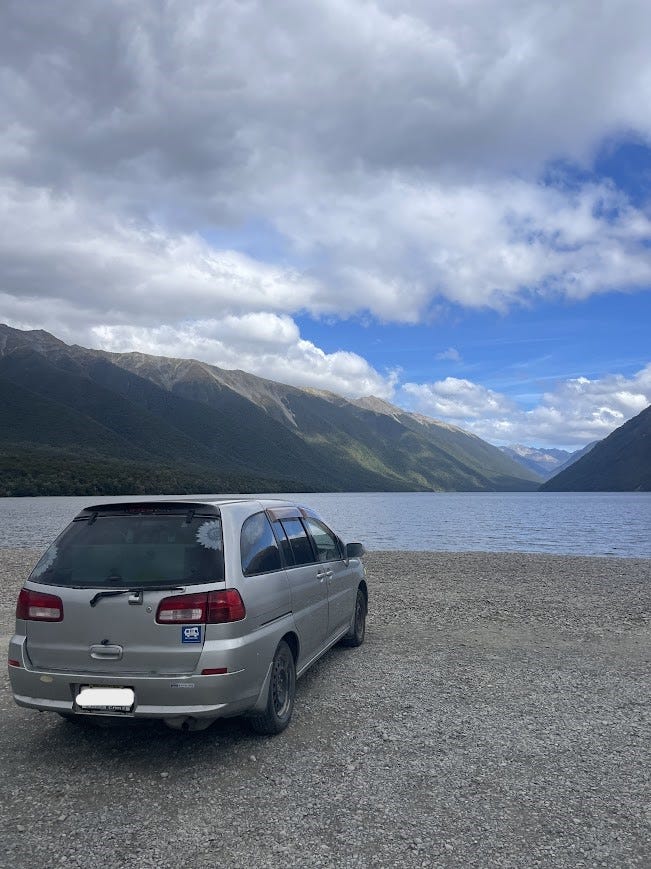
The backseat area has been emptied of seats and replaced with a convertible wooden structure a few inches off the floor. Different wood pieces lift up and out for different functions. When all the wood is in place, we have a flat place to put down cushions for a bed. The previous owner had already made “flowers and woodland creatures” the defining aesthetic, but we’ve also begun to add some personal touches with our tapestry and postcards! After seeing an old chandelier on the side of the road, we joked about installing one. A few weeks later, we stumbled across a $1 mini-chandelier, which I am calling “van-delier.”
We can lift up one of the wood pieces to access storage underneath. We can lift up another piece and add a pole to create a table. Another piece of wood serves as a headboard for the bed, and, on the opposite side, a kitchen area that you can access from the trunk of the van. Our van also has a few extra amenities, including a small cooler-like refrigerator and an external battery.
The vanlife lifestyle (slash aesthetic slash movement) has been around long enough1 that more critical perspectives have emerged, whether it be “authentic” influencers trying to show what vanlife is “really” like or tell-alls about its downsides. As someone interested in camping and the outdoors, my social media algorithm had fed me some of this content before. I worried that living in a van would feel messy and cramped. And, in all honesty, sometimes it does! Unlike a larger campervan or motorhome, you can’t stand up in it. We have storage under the bed, but you have to disassemble the bed to access it. We store our clothing and day packs in the front seat while sleeping and on the bed while driving, which can make getting clothes out of our bags a bit of a project. We also have to convert the van between sleeping mode, table mode, and driving mode by pushing the front seats all the way forward or backward and shifting around the wood pieces, displacing all of our stuff stored there in the process.
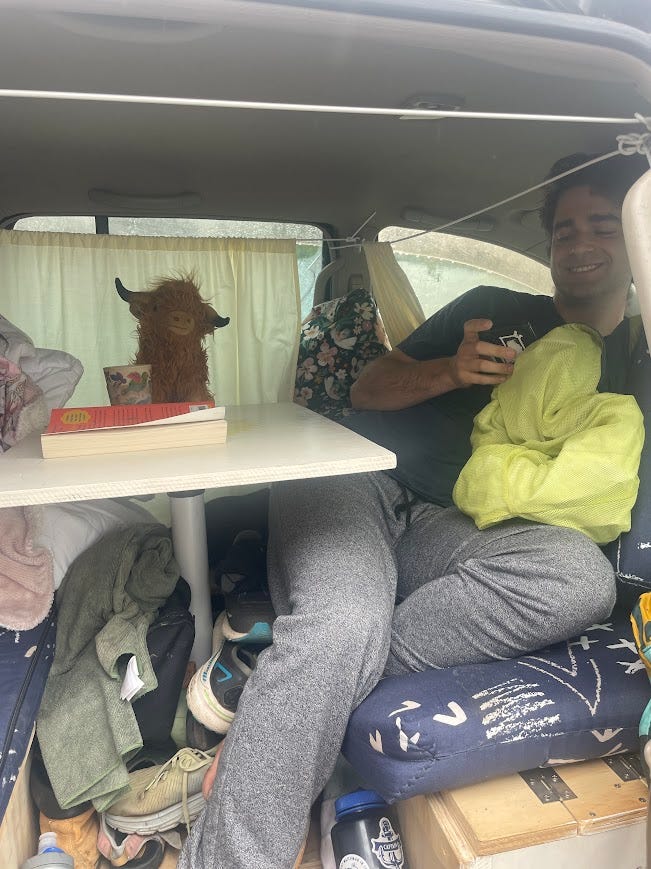
However, after living out of a backpack for the first six weeks of the trip, having a van to store things like food, camping gear, and off-season clothing feels like an expansion. It also gives us a space of our own, making us feel at home wherever we are. Plus, it would have been super awkward to have to ask for a ride or walk two miles down a dirt road to get away from our unpaid B&B experience. Converting our van between its various modes has become a habit and ritual that helps us stay organized and constantly thinking of little ways to improve. Our favorite habit is that whoever makes the bed always has to croon “it’s me who’s been making the bed” (or various adaptations) a la Olivia Rodrigo.
Living in the van aligns with one of our goals for this year to become more handy. As we’ve written about in descriptions of our WWOOFing hosts or repair cafes, New Zealand has turned out to be a country with ample DIY spirit where we can learn. We would love to have a home full of things we have made ourselves, or to be able to do so for our friends and family as gifts. Now is the time we want to start developing a lot of these skills! On an extended layover in California, we had the absolute pleasure of visiting Chris’s aunts, retired Hollywood set designers who have brought that creativity into the design of their home. A vintage briefcase nailed to the wall becomes a stylish makeshift shelf. Top hats become tasteful shades for a light fixture. Living in a van not only encourages this inventiveness, but in some ways demands it.
Our Alternative
Before deciding to take this sabbatical, we spent a few weekends touring apartments in Denver. Having always subleased or lived with roommates, neither of us had ever gone through this process before. We found the modern apartment style that our Internet searches kept routing us into really unappealing. First of all, how is there any hope for affordability if apartment buildings are allowed to change their rent prices daily based on a supply/demand algorithm? But one of the main things that really turned us off was the fact that we couldn’t just seem to find a decent, no frills, affordable apartment. Almost everything we toured felt like living on a cruise ship — a tiny studio surrounded by the “all-inclusive resort” version of an apartment building.
Since I prefer to bike most places, we looked exclusively at apartments in a 2-3 mile radius of downtown. The messaging we continually came across was something like “have the convenience of living close to downtown, but also never leave this building unless you’re going to happy hour or the mountains!” There were also definitely some serious undertones of “live close to the parts of the city that you, a young person with resources, want, without having to engage with any parts of living in a city that you don’t like!” We were continually put off by how these apartments were located in these central, “desirable” areas, yet seemed to actively avoid any relationship to the surrounding area, with their inward facing courtyards and gated community setup. It seemed like city living for people who don’t actually want to live in a city.
A primary feature of these apartments is the amenities. They all have their own swimming pools, gyms, remote working spaces, coffee bars, etc. All of this is supposed to be a selling point. Live, work, recreate all within the walls of one building. You don’t need anywhere else! Or maybe, anyone else.
To me, these apartments feel isolating, despite having features (namely density and shared amenities) that would seem to encourage the opposite. I can think of countless people I know who have moved to major cities for a job not knowing anyone, and struggled to meet anyone outside of work despite living in the same building as loads of people experiencing the same thing. Of course, there are exceptions! Two of our best friends met while living in the same apartment! And of course, these apartments aren’t responsible for the decline in U.S. social ties and civic participation. Many of these apartments are decades, not years younger than Bowling Alone, the widely discussed 2000 thesis on this topic. However, I do think the design of these apartments for “yuppies,” often transplants, seem to physically separate you from the place that you live, which may in turn prevent you from knowing or engaging with the broader community in which you live.
In Denver, this separation can be felt in the near-constant discourse2 about Colorado transplants vs. “natives” (most of whom are not actually indigenous to Colorado). Transplants are routinely (and often understandably) blamed for the city’s growing social and economic challenges. While the presence of resourced newcomers absolutely impacts cost of living, I have to believe the responsibility for mitigating the harms of population change lies primarily those with the power to enact better housing policy. However, I also think transplants and locals alike would benefit from a shift towards a culture of being involved and invested in the place that you live, regardless of how long you’ve been there or plan to stay.
Living Our Values in the Campervan
So how does this relate to living in a campervan in New Zealand? We are more reliant on public amenities than ever! From public libraries to get online and charge our devices, to public rec centers for showers, to public trash cans and bathrooms, not a day goes by that we are not using these resources. And using them has also enhanced our trip – flyers in the library led us to local events, volunteer opportunities, and our beloved repair cafes! Even while living what I might have expected to be a more isolated lifestyle given that our home literally does not stay in one place, we have both stumbled into and sought out community connections along the way. Rather than being out of alignment with our values, living in a van has reinforced them. This has given me more confidence to make big changes. Rather than creating a narrow, imagined, and potentially unachievable set of circumstances that are the only ones in which I can truly live my values, I can instead trust I will bring my values into whatever new situations I encounter.
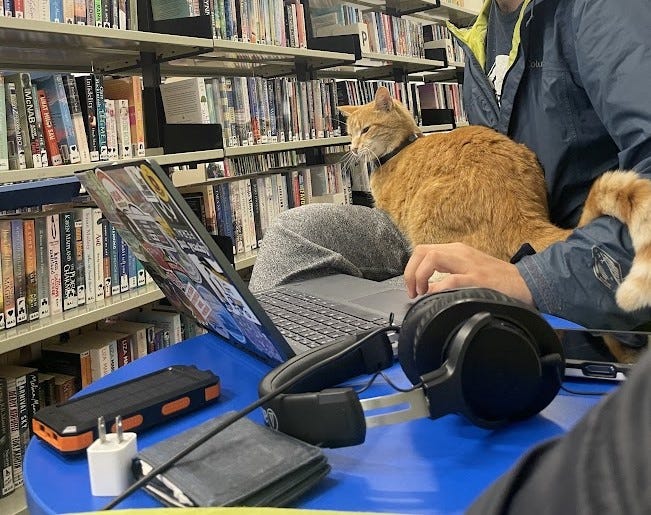
As I struggle to wrap up this post, Chris helpfully reminds me that this is not going to be the last time we write about living in a campervan. As we’ve both found in travel blogging, there is a tension between wanting to stay up-to-date and also giving some time for your insights to fully develop. So rather than passing off my half-baked reflections as completed ones, I’ll preview some things we have been thinking about and may write more about in the future:
Living in a van and relying on public services has made me reflect on how many of these services are the same ones that would be needed to make life more comfortable for people living outside not because they want to, but because they are houseless. So many of the amenities that make living in the campervan fun instead of a nightmare are routinely denied to people who have no other option, at least in the United States. I have been reading some articles on this topic from Invisible People, a publication that centers content by people with lived experience of homelessness. While more comprehensive housing solutions are necessary, living in a van by choice makes it so abundantly clear how providing quality public services for those who most rely on them makes a better society for everyone.
There is a lot of debate within New Zealand about freedom campers. Are they bringing economic development to rural areas or just trashing the great outdoors? Are communities wanting to limit freedom campers xenophobic and policing the use of public spaces, or are they reasonably protesting lax regulations that promote economic gain for some while passing on the costs to local residents? Do stricter regulations inadvertently target people who live in a van out of necessity? How is camping infrastructure going to evolve for elderly people living in vans because they can’t afford the increasing cost of living? We’re keeping a lot of these questions in mind as we hope to be conscientious campers.
Before we leave you, we have a big update! We spent a lot of days living in our van looking for jobs. And for a while, things looked a little bleak, as we are exiting peak season for tourists and related industries. There was a day we not-so-jokingly suggested we could just stay in the mining towns and pan for gold.
We reached out to so many jobs that said “little to no experience necessary” online, only to have them tell us we didn’t have enough experience. Finally, a nice restaurant in the cute town of Akaroa got back to us, so we now have front of house jobs waiting tables! After some truly epic hiking in Arthurs Pass National Park, we made our way down to the Banks Peninsula. We have been totally charmed by this unique region, and will share more soon!
It was interesting to be reminded that in 2017 the term “social media influencing” was still new enough to demand a definition.
While I can mostly back this up through personal experience, I also did a deep dive into a back-and-forth of mostly unkind, rambling op-eds (by both transplants and locals) published as far back as 2016, including a Change.org petition signed by 3,300 people asking the governor to ban transplants. There are also countless articles displaying data on the question “where are all the transplants coming from?” Is it rich, coastal elites whose parents are paying for that $3000 a month apartment? Is it people from other parts of Colorado? Is it Californians? The answer may surprise you, mostly because no one agrees.

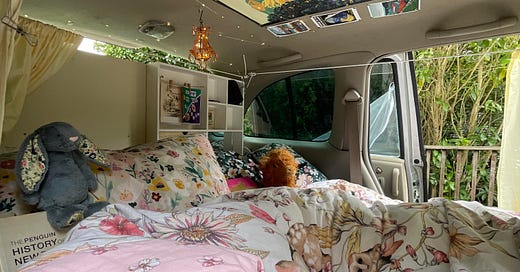




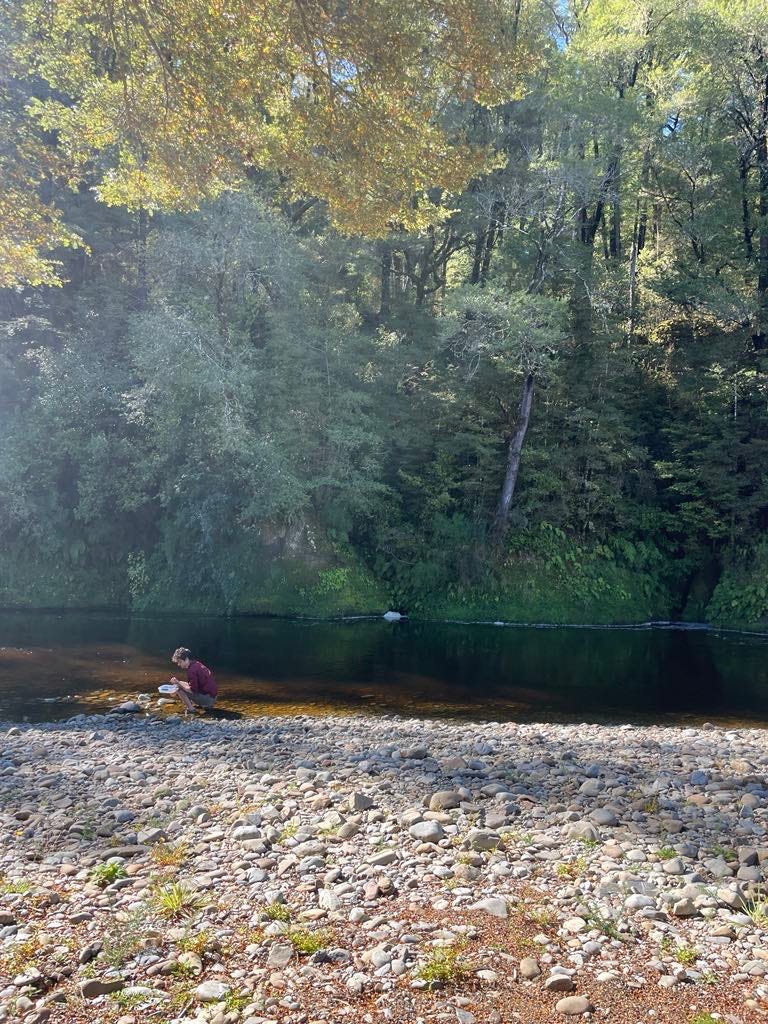
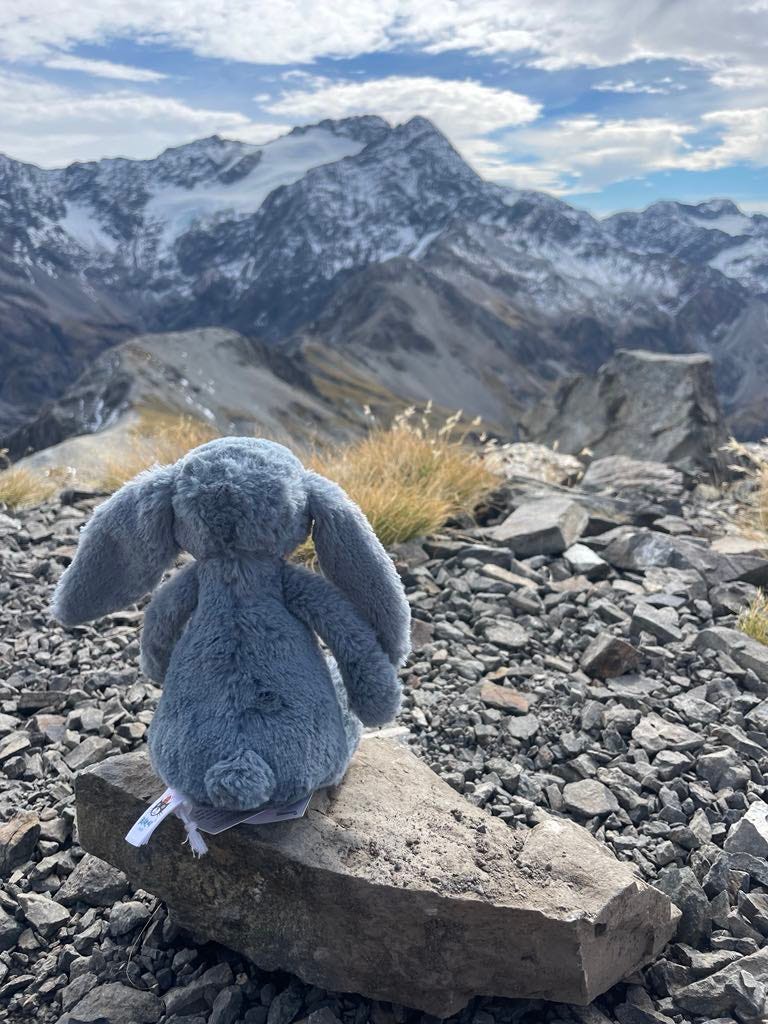
Thanks for sharing your adventures. I started out three years ago and just launched my substack, and am enjoying seeing what fellow travelers share and how we each make the most of our lives.
Loved this one!!